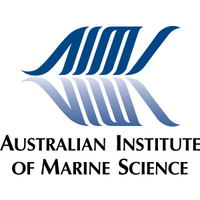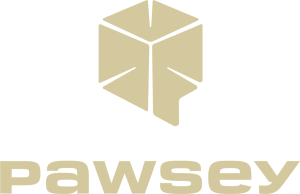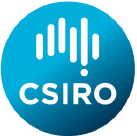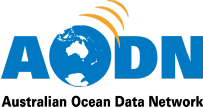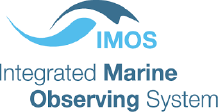About
WAMSI Data
WAMSI works to constantly improve the availability of information and data to support marine science. WAMSI’s policy is to ensure all data developed through its programs since 2007 is discoverable and available for reuse. However we also work to capture and make discoverable other data for the benefit of marine science and management.
WAMSI employs a data manager Luke Edwards who is shared with Pawsey Supercomputing Centre. Luke is involved with the variety of state and national data management efforts. He can be contacted at luke.edwards@pawsey.org.au for advice on how to manage data throughout its lifecycle from creation to sharing and archival.
Data Access
WAMSI data is stored in the CSIRO DAP, AIMS Data Centre and Pawsey Data Portal, which became available after the embargo period (18 months). The three main ways to search and access the data are:
- via the Australian Ocean Data Network (AODN) metadata catalogue. Search for “WAMSI’ or “WAMSI 2” in the advanced search. You can also refine by project name or other information. Once you select a metadata record you can then click on data links within the metadata;
- via the WA State Government Open Data portal. There is a category with all WAMSI projects and links to data;
- via the individual repositories. You can go to each repository and search directly however this is not the recommended methof (CSIRO DAP, AIMS Data Centre and Pawsey Data Portal).
Kimberley Marine Research Map Layers
WAMSI 2 (2012-2018) project map layers can be viewed via the North West Atlas. This allows users to visually discover the study sites of all KMRP research. The latest layers can be accessed here.
Other Marine Data
State Information
The ‘Managing Coastal Vulnerability‘ project was part of the Location Information Strategy for WA. It increased the amount and quality of State Government marine information. WA State Government data can be found via WA Marine Map (https://catalogue.data.wa.gov.au/group/0-wa-marine-map).
The WA Museum is responsible for maintaining the collection and documentation of marine fauna found off Western Australia’s Coast. The substantial collections, taxonomic and genetic information can begin to be accessed here.
National Observing Infrastructure
Critical ocean observing infrastructure is provided around Australia by the Integrated Marine Observing System (IMOS). This network of observing infrastructure provides the regional bio-physical and chemical information that is essential context for smaller scale studies. IMOS also houses the AODN which is national one-stop shop to search for Australian marine data
Other Relevant Links
ECU self-paced learning program for researchers working with marine data
